Estimated reading time: 7 minutes
Since their optics are not sold in stores and are only available direct to customers, many shooters and hunters don’t know. The Maven Outdoor Equipment Company is producing some of the best scopes and binoculars on the market today.
Yes, some of the best.
I’ve been using Maven binoculars for nearly a year now, and I am thoroughly impressed with the clarity of the glass. It produces sharp-edged images and fine color distinction and does all this in low-light conditions, too.
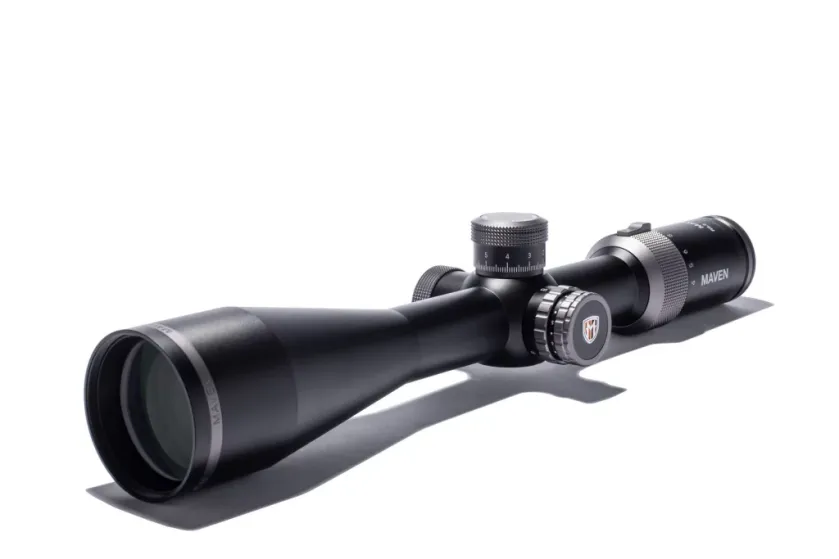
Maven Winner
The latest Maven I’ve used is another winner: the RS.5 4-24x50mm rifle scope. My test scope featured a second focal plane operation and an MOA, etched glass reticle (it’s available with a MIL reticle, too), sported a side parallax adjustment, and a robust dial-to-shoot elevation turret, a capped windage turret, and a mechanical zero stop. Knurling on the turrets was deep and aggressive.
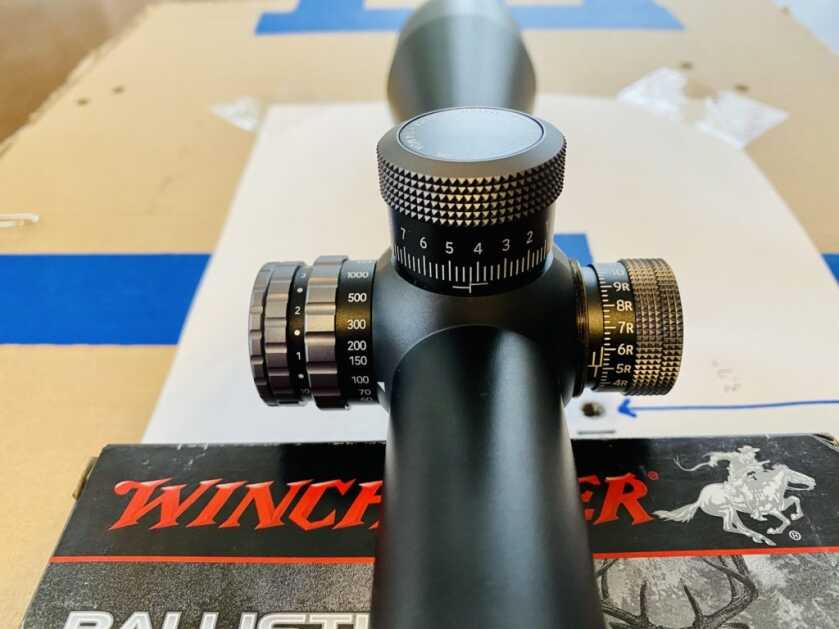
The reticle on the RS.5 is illuminated with a red center dot when activated, has 10 illumination level settings, and uses a single CR2032 battery for power.

Testing the Maven
I mounted my test RS.5 4-24 onto a Benelli Lupo bolt-action in 30-06 Sprg. rifle I needed to review using 30mm medium-height rings. Once mounted, I zeroed the RS.5 and Lupo at 50 yards at 6x magnification during a visit to my outdoor rifle range. My first shots were already on paper, and it took only another half dozen rounds to get me hitting the bullseye.
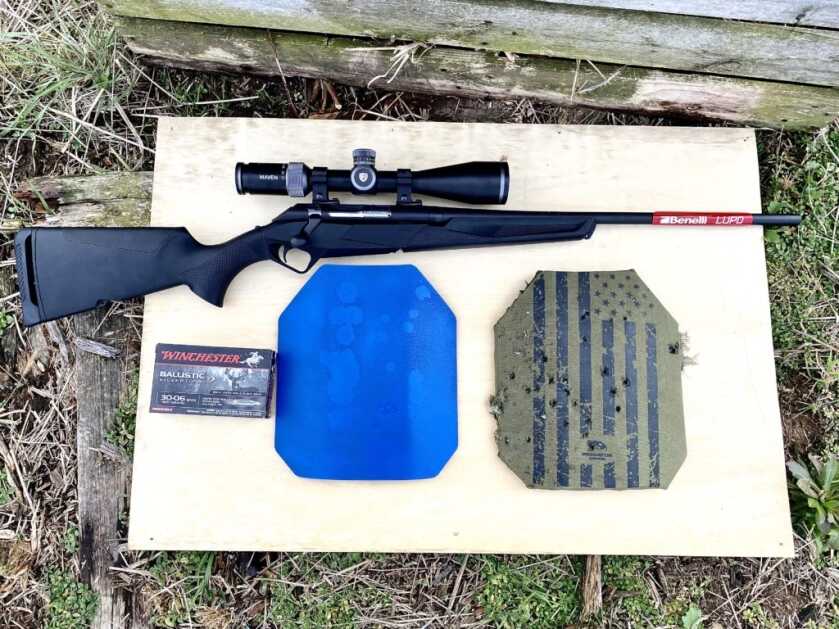
As I continued to shoot the Lupo for my review, I graduated to targets at 100 yards and, shooting from a rest, proceeded to fire three- and five-shot groups using three different brands of 30-06 ammunition. I set the scope’s magnification from 10x to 14x.
With each change in ammunition, my bullet’s point of impact shifted, once several inches to the left and up, once maybe an inch right. In each case, the RS.5’s .25 MOA elevation and windage controls clicked with tactile precision, a “click-click” I felt through my fingertips and also heard. And my point of impact shifted right over to the bullseye.
Then, I “shot the box” with the Maven to test the tracking functions of the elevation and windage controls.
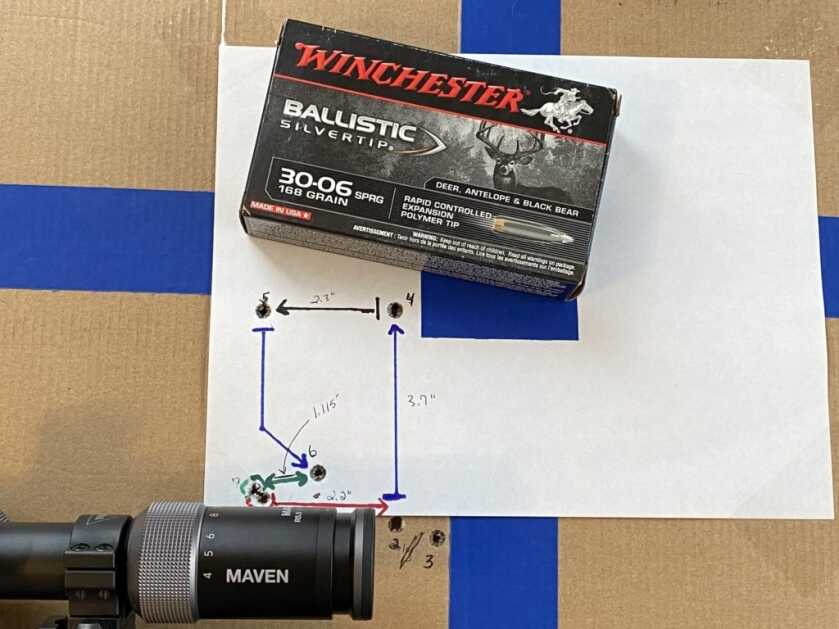
I taped a sheet of white 8.5”x11” copy paper to a larger cardboard rectangle, the paper placed long side down, and set this target at 100 yards. For this test, I used Winchester Ballistic Silvertip 30-06 Sprg. firing a 168-grain poly-tipped bulleted. I turned up the RS.5’s magnification all the way up to 24x, where the .25 MOA adjustments were supposed to work exactly, and fired my first shot at the bottom left corner of the copy paper.
Hit!
Next, I clicked the windage knob 8 times to the RIGHT or two inches, and fired, still aiming at my first shot. That shot hit to the right of the first shot 2.2 inches. But it was just below the white paper, so I fired again, and pulled Shot #3 over to the right of #2. Well, Shot #2 was definitely on, albeit just off the white paper. Good to go, I decided.
Next, I clicked the elevation knob UP 12 times for a four-inch move, fired and Shot #4 moved up 3.7 inches from the third shot.
I then adjusted the windage knob 8 clicks LEFT and fired, Shot #5 moving left 2.3 inches from the previous shot.
I got a little tricky on Shot #6, clicking the elevation DOWN 10 times, and RIGHT four times, which I figured would put that shot just an inch or so UP and to the RIGHT from my very first shot. And damned if that wasn’t almost exactly where SHOT #6 hit.
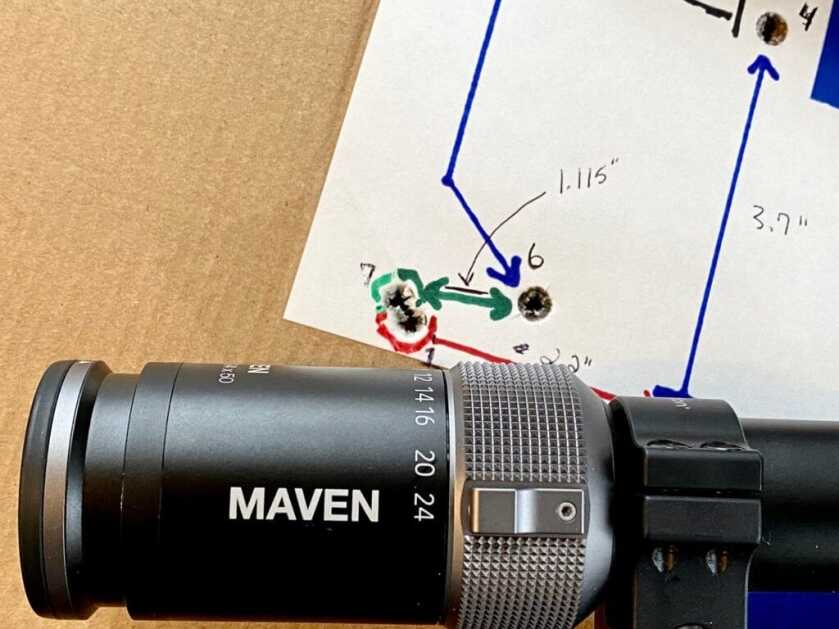
I finished my shooting with 2 clicks DOWN and 4 clicks LEFT, and fired, and this shot came in just touching my very first shot to the left and slightly higher.
What Does This Mean?
Damned impressive tracking. Especially considering I was at an outdoor range; the wind was gusting 10 to 15 miles per hour and quartering from my right and rear. The rifle and scope were anchored on a solid sandbagged rest, and yet there was still the human factor behind the rifle: AKA, me.
Available on GunsAmerica Now
I also took out the RS.5 at dusk and set it at 10x magnification. Had I been hunting, I would’ve been able to make an ethical shot on a game animal at 200 yards-plus for at least a good ten minutes after the sun was below the horizon.
The RS.5 sells separately for $1,400, though one can purchase the RS.5 “Bundle” for $1,560 which includes the scope plus: Riflescope Flip-Up Lens Caps; Riflescope Throw Lever; Riflescope Lens Shade; and Warne Mountain Tech Picatinny Rings, 30mm High.
SEE MORE: Maven Releases the Tiny S.2 Spotting Scope
The Bundle looks like a good deal as the Warne rings themselves sell for $147 retail.
Now, $1,400 is not a freebie by any means. But the RS.5 is a lot of scope and based on past manufacturer optics I have used over the last decade, I believe this scope would sell at a brick-and-mortar retailer for $1,700 to $1,800.
So, the Maven direct-to-customer business model does, in this writer’s experience, actually translate into savings for the shooter. Given the scope’s extensive magnification range, great tracking, and image clarity, the RS.5 should be a top choice for both longer-range hunters and shooters.
Specifications: Maven RS.5 4-24x50mm Rifle Scope
Focal Plane: Second
Magnification Range: 4x – 24x
Obj. Lens Diameter: 50mm
Eyepiece Outer Diameter: 43.6mm
Tube Diameter: 30mm
Overall Length: 14.41in.
Weight (without battery): 25.5 oz
Internal adjustment range (MOA/MIL): Travel Elevation 100 MOA(tested)/29 MIL; Travel Windage 70 MOA/20.3 MIL.
Click value 0.250 MOA/0.1 MIL
Adjustment Per Turret Revolution: 20 MOA 10 MIL
Parallax Adjustment: 10 yards to Infinity.
Exit Pupil Diameter: @4x: .334 in., @24x: .082 in.
Eye relief @4x: 3.03 to 3.86 in., @24x: 3.4 to 3.86 in.
Field of view @ 100 yards: @4x, 27.8 ft.; @24x, 4.6 ft.
Light Transmission: 90.10%
Twilight Factor: @4x: 14.1 @24x: 34.64
Functional Temperature Range: -4°F to 158°F
Waterproof Rating: 3-meter depth
MISC: gas-purged nitrogen inside tube, etched glass illuminated reticle, red, 10 illumination settings, and powered by one CR2032 battery. Made in Japan
Price: $1,400.00
*** Buy and Sell on GunsAmerica! ***



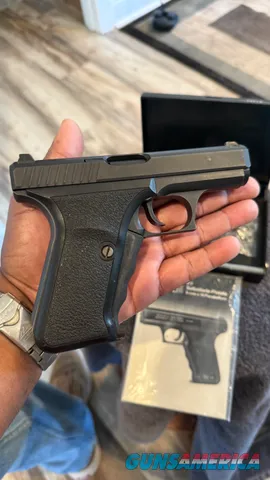




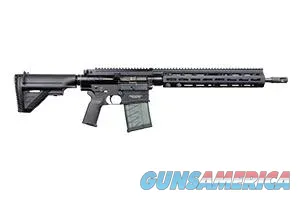

Gun writers freebies are the best for us. Women wh do that are call sex workers, what is this called?
The “-4° F” limitation seems awfully “warm”. Albeit not many… I’ve hunted colder days in the deep South. A late season hunt a little further north could easily see colder temperatures. Which function is limited by the cooler temps? Is it just the illumination? Thanks!